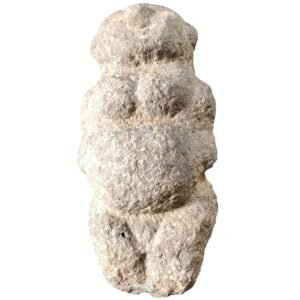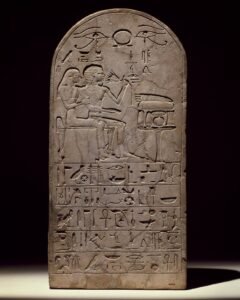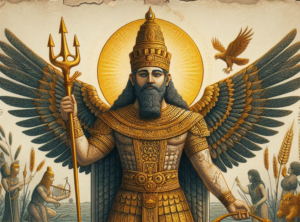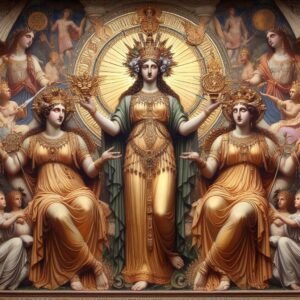This article discusses the possibility that the observed transition from a feminine dominated understanding of divinity to a masculine dominated one may be a natural part of a cycle of creation.
Tag: myth
Permanent link to this article: https://truthofself.com/understanding-of-the-divine-nature-of-the-hiding-of-the-divine-feminine-in-history/
Permanent link to this article: https://truthofself.com/senres-and-hormose-of-egyptian-myth/
Jan 15
The Mythical Origins of Yoga
Permanent link to this article: https://truthofself.com/the-mythical-origins-of-yoga/
Jul 13
The God Utu
Permanent link to this article: https://truthofself.com/the-god-utu/
Jul 13
The God Ninurta
Permanent link to this article: https://truthofself.com/the-god-ninurta/
Jul 13
The Igigi lesser gods
The term “Igigi” refers to a group of mythological figures in Mesopotamian mythology. They are often considered the younger gods who served the Anunnaki, the major deities. According to the Atrahasis myth, the Igigi were tasked with laborious work for the Anunnaki until they eventually rebelled due to the harsh conditions.
Permanent link to this article: https://truthofself.com/the-igigi-lesser-gods/
Jul 13
The Goddess Ninhursag
Ninhursag, also known as Ninmah, Damgalnuna, Nintu, Belet-Ili, Shassuru, and Damkina or Ninursag, was an ancient Sumerian mother goddess associated with fertility, mountains, and the creation of life. She was one of the seven great deities of Sumer and was often depicted as a nurturing figure, symbolizing the earth and its ability to produce life.
Permanent link to this article: https://truthofself.com/the-goddess-ninhursag/
Jul 12
The Sumerian reverence for rivers
The Sumerians, deeply connected to the Tigris and Euphrates rivers that cradled their civilization, had a profound reverence for these waterways, which was reflected in their religious rituals. One such ritual was the ‘mîs-pî’, an intricate ceremony that involved the ‘washing of the mouth’ of divine statues, symbolizing purification and the induction of life into the idols.
Permanent link to this article: https://truthofself.com/the-sumerian-reverence-for-rivers/
Permanent link to this article: https://truthofself.com/blood-sacrifice-anyone-have-some-black-pudding/
Jul 06
Syncretism
Permanent link to this article: https://truthofself.com/syncretism/
May 16
Hekate
Permanent link to this article: https://truthofself.com/hekate/
May 16
The Enuma Elish
Permanent link to this article: https://truthofself.com/the-enuma-elish/












